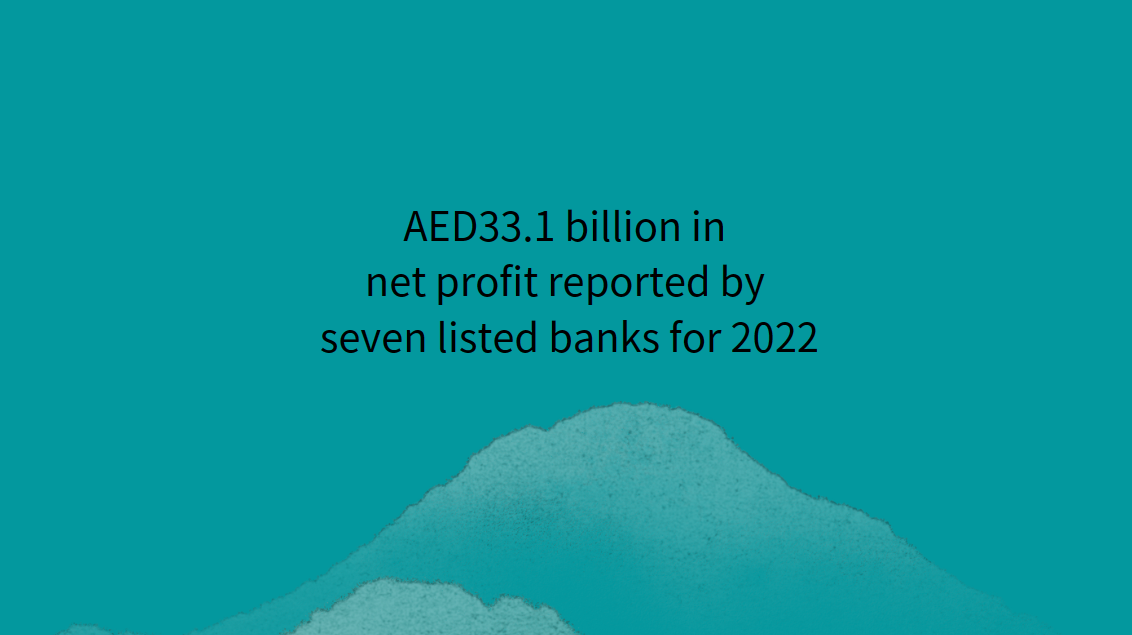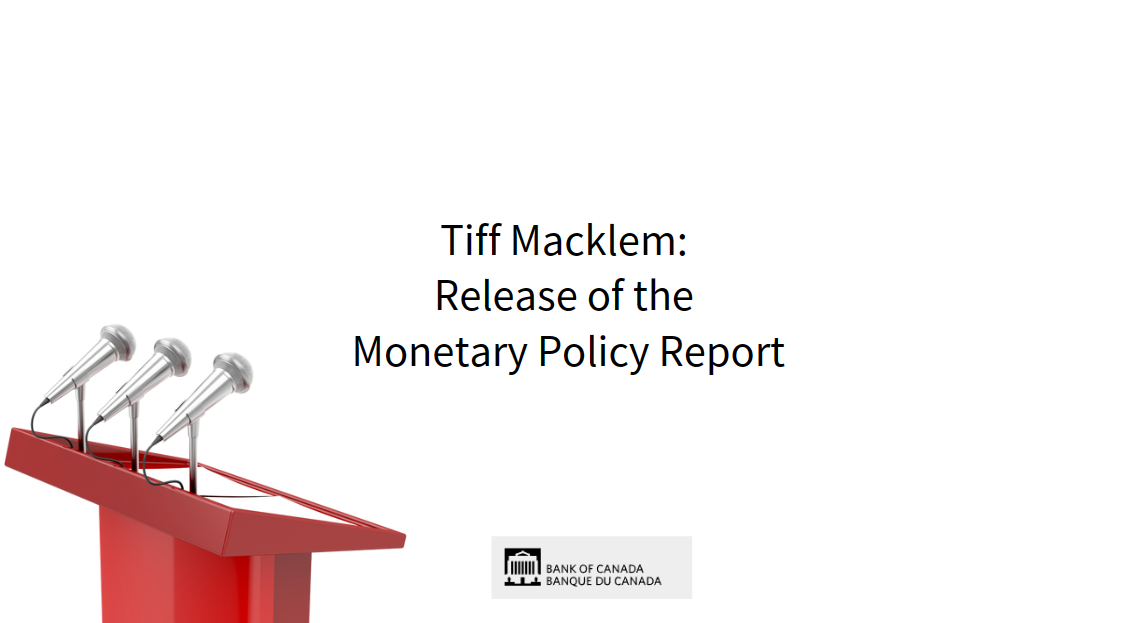Daring to know in times of uncertainty and structural shifts
Full text → Daring to know in times of uncertainty and structural shifts
I was asked to talk about systemic risks today. More precisely, about where the next systemic financial crisis might come from. And truth be told – this is hard to say. We can’t predict that with any reliability. One only needs to recall the way that the covid pandemic hit us to know that a crisis can emerge unexpectedly. This is exactly why predicting the next crisis is not what we aim to do at the Financial Stability Board (FSB). Instead of predicting, our aim is to approach financial stability with a different way of thinking. Financial stability is the capacity of the global financial system to withstand shocks, by containing the risk of disruptions in the financial intermediation process that would be severe enough to adversely impact the real economy.
In short: our work is about enhancing the resilience of the global financial system. So that, when the next crisis materialises, the system as a whole can cope with it.
In order to increase that resilience, we try to know as much as possible about the vulnerabilities in our financial system. And we do this by relying on the powers of reason, logic, cooperation and data. In other words, by following the brothers von Humboldt, Friedrich von Schiller, and Johan Wolfgang von Goethe in sapere aude.
***
So how do we go about that?
To increase the resilience of the global financial system and to enhance financial stability, we rely on the FSB’s Financial Stability Surveillance Framework. 3 Let me start by walking you through this framework, and then I will illustrate how we apply it.
The FSB’s financial stability surveillance framework is based on four guiding principles. First, we need to identify the vulnerabilities that may threaten global financial stability. I say ‘vulnerabilities’ instead of ‘shocks’ or ‘risks’. That is intentional.
The pandemic is a shock. The war in Ukraine is a shock. A rapid shift in financial market conditions would be a shock. Shocks are by definition unpredictable – so they don’t offer a solid starting point for financial stability policy. Risk – that is the risk of a shock large enough to have a financial stability impact – is similarly very difficult to assess. Vulnerabilities, on the other hand, can usually be measured, at least to a certain extent. Think for instance about the build-up of imbalances, like a rise in leverage during a credit boom.
And so, they do offer a starting point for financial stability policy – policy that is aimed at reducing these vulnerabilities. Through this approach we can mitigate potential systemic disruption, once a shock hits our global, highly interconnected financial system. And so, in the spirit of Alexander von Humboldt, who measured and mapped large parts of the world, we, in turn, try to map and measure global vulnerabilities – rather than the shocks that may or may not materialise.
Second, once mapped and measured, we monitor these vulnerabilities, taking into account the potential interactions between them. We also deploy a forward-looking perspective, by considering emerging vulnerabilities in addition to current ones. It is better to prevent vulnerabilities from growing in the first place, rather than having to reduce them once they already pose a global threat.
Our third guiding principle is that we recognise the differences among countries. The FSB’s membership reflects the diversity of our global financial system, with members from both emerging market and advanced economies. And these differences are reflected in our assessment of vulnerabilities. We fully recognise that some vulnerabilities may be more relevant for emerging market economies, and others for advanced economies, or for different sets of jurisdictions.
For example, the urgency policymakers ascribe to some of the risks relating to crypto-assets and crypto-markets differs across countries. In some economies, the most pressing concern is the potential loss of monetary sovereignty. In other economies, the risks of money laundering and fraud are perceived to be more urgent.
The fourth and final guiding principle, is that the FSB leverages on this diversity of its membership. There lies tremendous strength in that diversity. FSB members not only come from different kinds of economies, but they are also represented by different kinds of authorities: ministries of finance, central banks, and securities and market authorities. Our members also include global standard-setting bodies and international organisations. Many of those members carry out and publish financial stability assessments. The FSB’s vulnerabilities assessment therefore builds on those analyses.
With these four guiding principles, I have given you a brief and mainly theoretical outline of the FSB’s financial stability surveillance framework. I hope that this approach, this way of thinking about how to enhance the resilience of the global financial system, provides you with some stimulus for today’s discussions.
But what does it look like when we actually apply this framework? To illustrate this, allow me to touch on several of the key FSB priorities that are also on your agenda today.






















































First, please LoginComment After ~